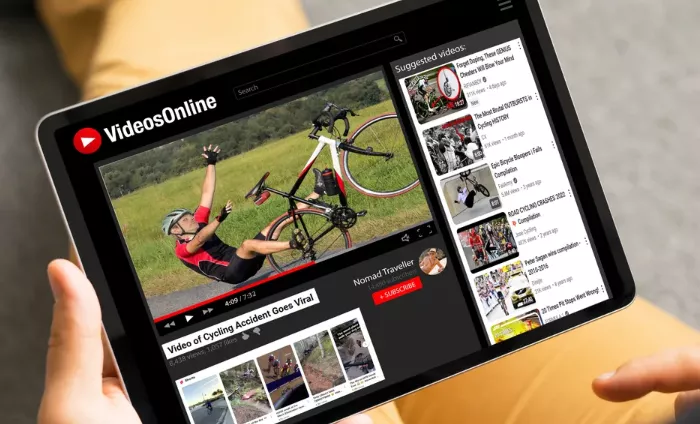In the summer of 2023, I experienced one of my last notable run-ins with a driver. I was making a right turn onto a small side road, which features a peculiar grass triangle in the middle of the junction—looking almost like a future slip road. As I turned, a van driver, clearly confused by the odd shape of the junction, veered into the wrong lane and knocked me off my bike.
Fortunately, I landed on a soft patch of verge, and the incident left me unharmed. The driver stopped immediately and asked if I was okay, which I confirmed. He checked my bike, which was undamaged, and we both inspected his unmarked van. He apologized, remarking on the beautiful day, and expressed hope that I hadn’t been upset. I reassured him, saying it hadn’t spoiled my ride.
He then told me he’d be on his way and, with a friendly wave, drove off. In hindsight, perhaps my view would be different had the situation been more severe, but I considered it a harmless mistake—one more attributable to poor junction design than to any fault of his. I was inclined to forgive.
Fast forward to a few weeks ago, when I stumbled into a troubling new habit. I clicked on a YouTube video titled “Cyclist Fighting Back!” The footage was a brief encounter where a driver, irate that a cyclist was not using a “bike lane” (which was actually a footpath), confronted the rider. In an unexpected twist, the cyclist punched the driver in the face, sending him sprawling. The moment felt more cartoonish than real.
That video led to a barrage of similar content in my YouTube feed. What I didn’t expect, however, was the unsettling realization that the internet is rife with disturbing examples of road rage and aggressive driving behavior. The primary purpose of uploading dashcam footage, as advertised, is to highlight poor driving and educate others. It’s meant to expose dangerous actions, like overtaking on blind corners, texting while driving, or swerving across lanes in a rush. These are, of course, serious offenses, but they are hardly new revelations.
What truly stands out, however, is the behavior of those who upload these videos. Many of them display a disturbing level of self-righteousness—speeding up just to brake hard when they see a car pulling out, then screaming at the driver while holding down the horn for dramatic effect, all for an audience of online viewers. Their rants often extend to cyclists, who they blame for simply existing on the road. “Look at them! Riding along like they own the place!” they shout. These individuals, it seems, would become enraged at the mere presence of a passing cloud.
The most ironic part of this digital ecosystem is that the comments section often proves to be the most rational part of the experience. It’s not uncommon to find viewers offering a level-headed perspective, such as, “That looked all right to me. Perhaps you ought to have more patience with other people?” or pointing out relevant laws, like, “Check Highway Code Rule 61—cyclists don’t have to use cycle lanes.”
However, the true danger lies in the algorithmic nature of social media. The more I watched these videos, the more I began to perceive every driver on the road as a potential maniac. This isn’t entirely a bad instinct when it comes to ensuring one’s safety, but it’s mentally exhausting. It has created a cycle where the more aggressive behavior I see, the more paranoid I become about my own experiences on the road.
What’s more concerning is the thought that, should I find myself in another collision—albeit a minor one, like being gently nudged into a ditch by a Transit van—I might lose my temper. And in a world dominated by dashcam footage, that moment could end up online, adding another viral video to the growing library of online road rage.
As this phenomenon grows, the reality of driving—and the actions we take behind the wheel—becomes less about our personal interactions and more about how we are perceived through the lens of a camera. The rise of dashcam footage isn’t just documenting bad driving—it’s highlighting a far deeper issue: the rising intolerance and anger on the roads, magnified by the ever-watchful eye of social media.
Related topics
- Matthew Brennan Secures First Pro Win at GP de Denain
- Specialized Ares 2 Review: A Risky Investment for Cyclists
- Niche Cycling Craze Gains Momentum on WorldTou

